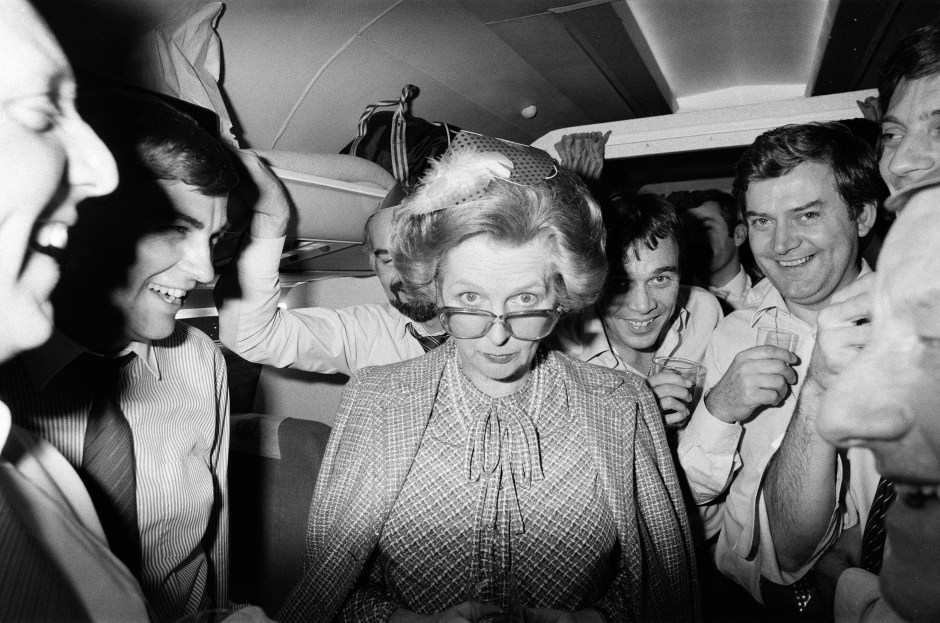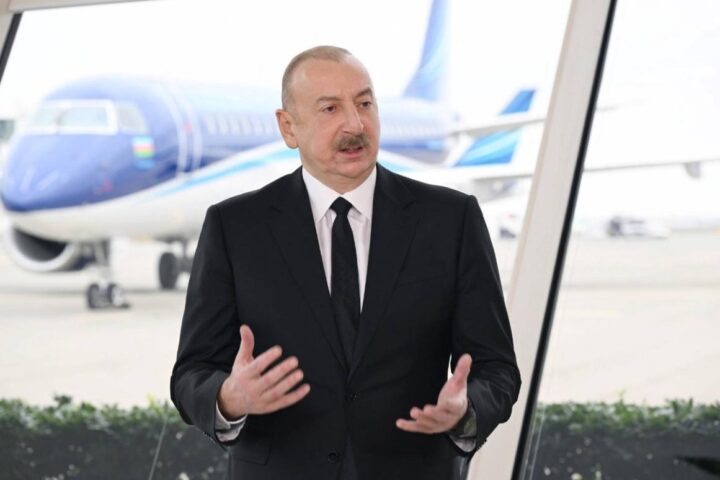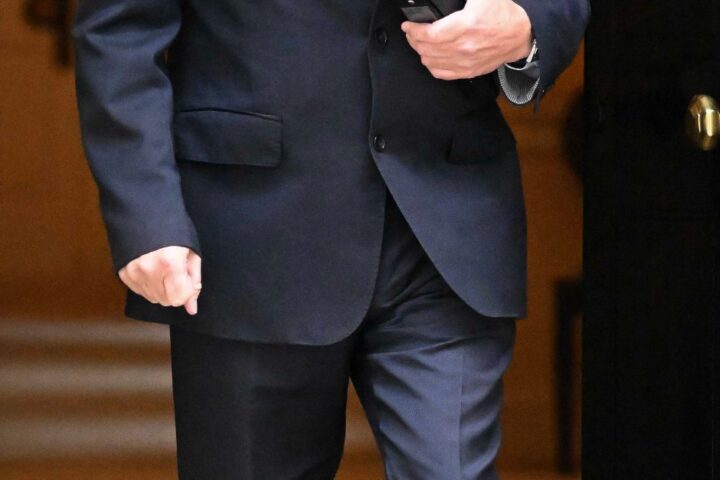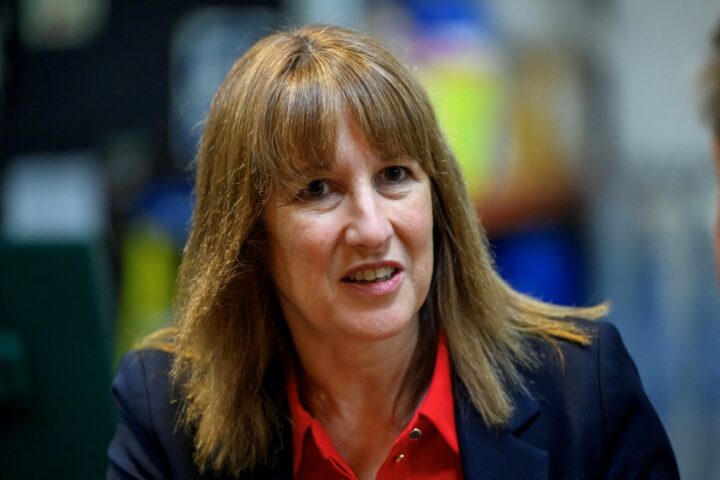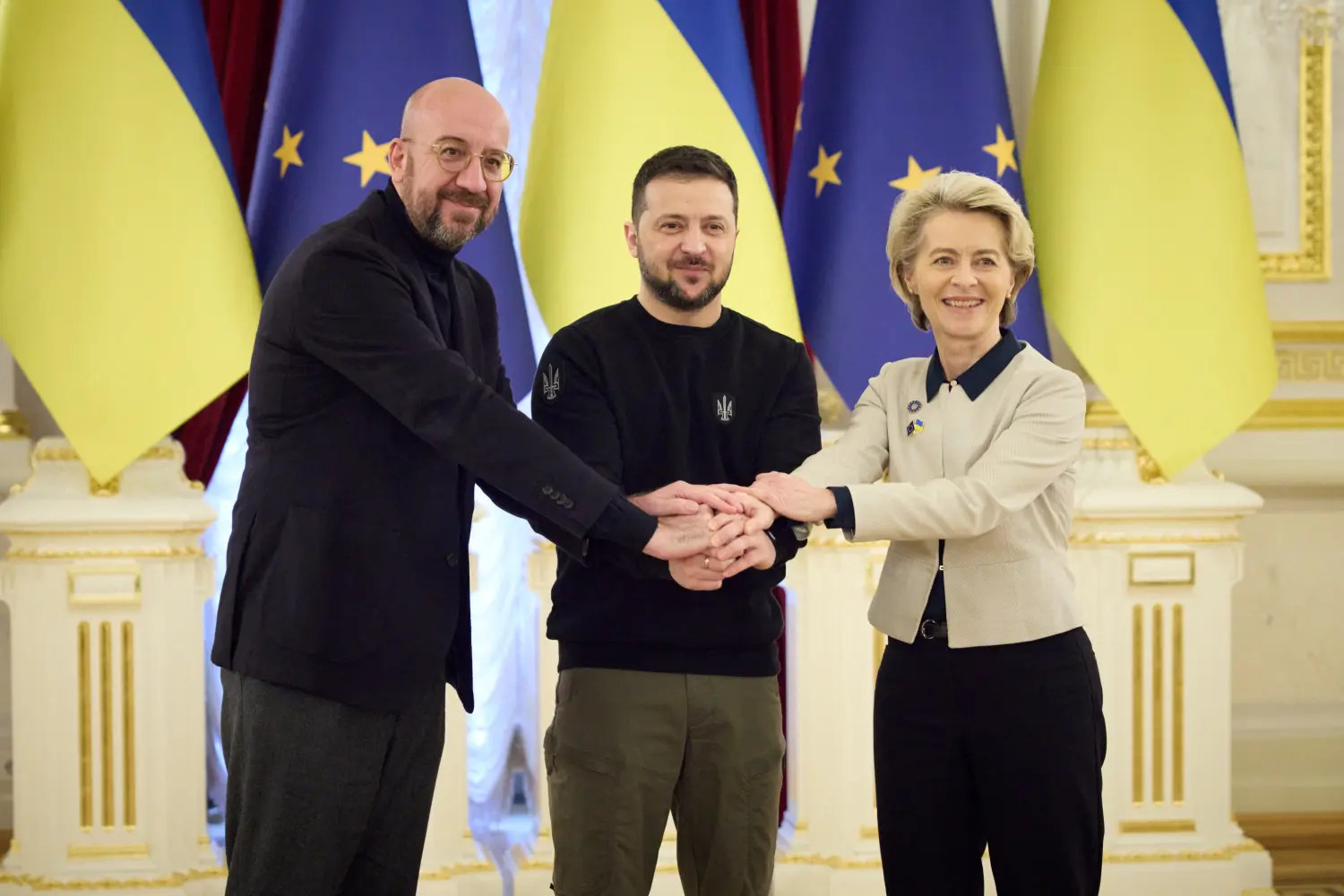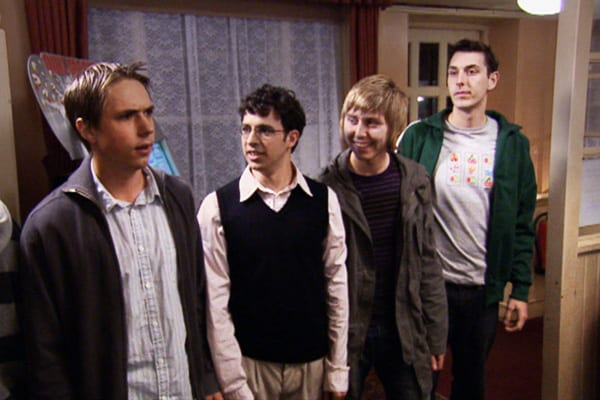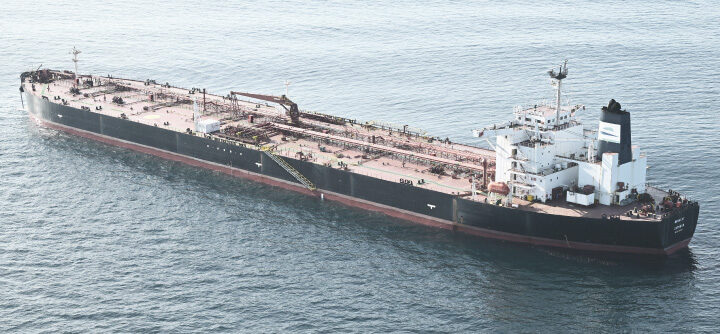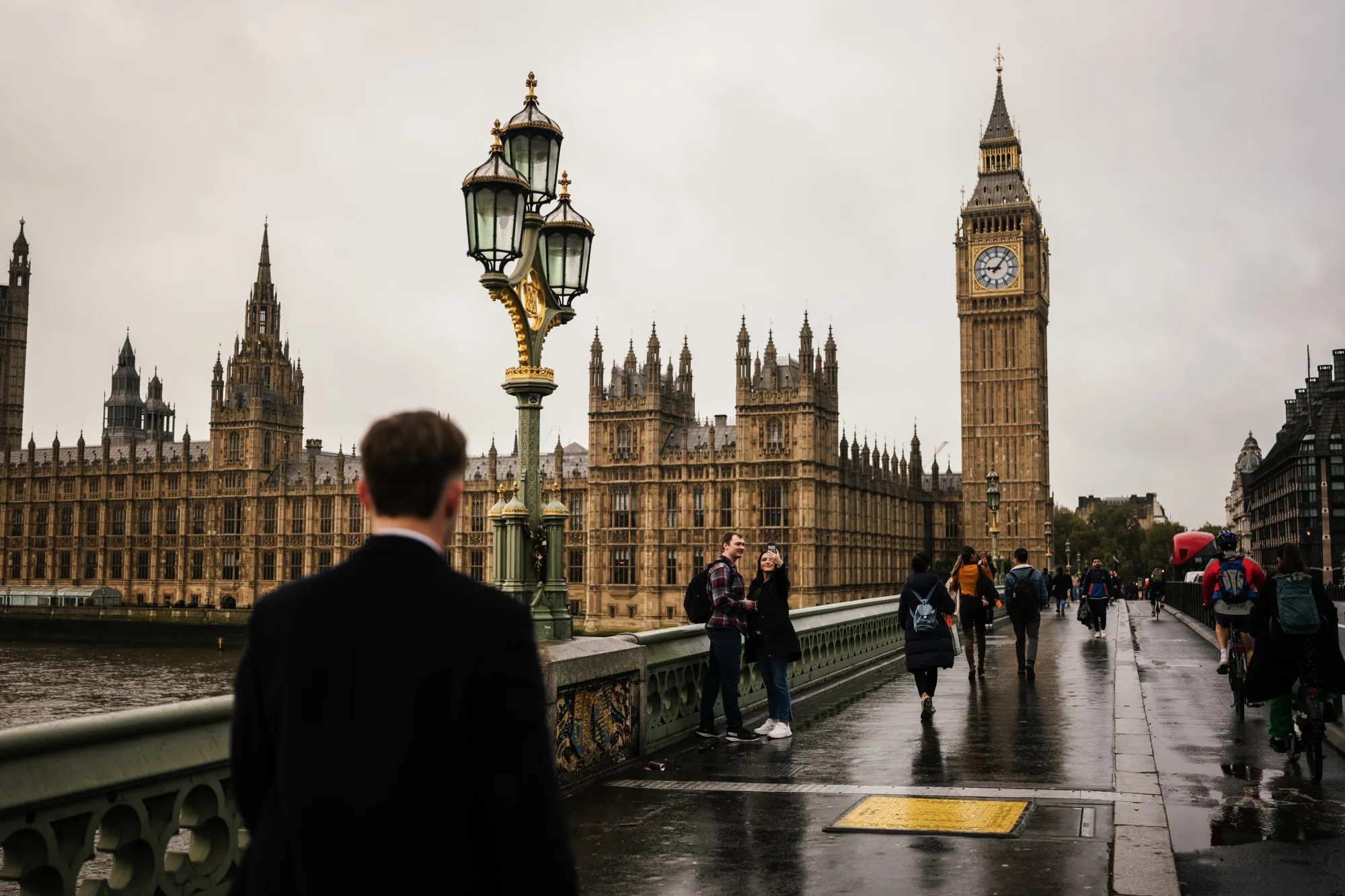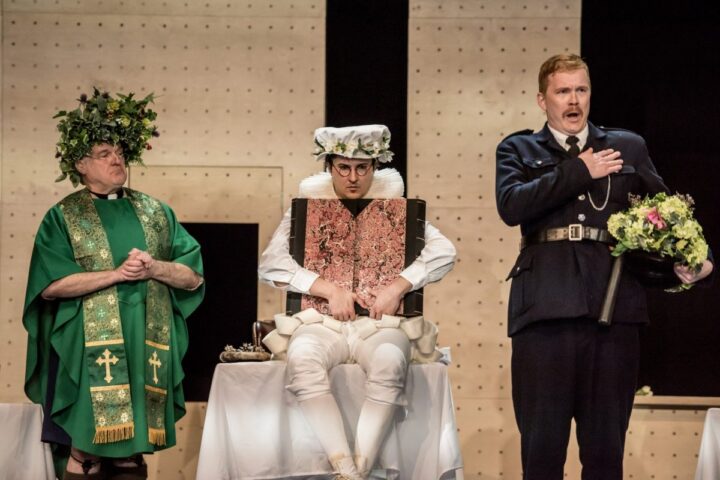A sudden loud bang at Andrews military air base near Washington startled officials just days before Christmas in 1984, subsequently followed by the roar of jet engines. This alarming incident marked the moment when then-Prime Minister Margaret Thatcher narrowly escaped a potential plane crash, reports BritPanorama.
On December 22, after extensive discussions in China about Hong Kong’s future, the RAF VC-10 aircraft carrying Thatcher, dignitaries, and Downing Street staff attempted to land in thick fog. During this time, they prepared to meet President Ronald Reagan for a festive summit at Camp David.
The approach became critical as the plane undertook its third landing attempt after a long flight from Guam. Suddenly, the pilot pulled the aircraft up sharply, narrowly avoiding disaster as the tail dipped perilously close to the treetops. Catering trolleys broke free inside the cabin, and a massive thud resonated through the airframe, indicating how close they had come to catastrophe.
Had the descent continued for just a few more feet, the consequences could have been dire. This incident marked the second time in eight weeks that Thatcher escaped death; she had previously narrowly survived an IRA bombing in Brighton.
Plan B: The Rescue
The VC-10, normally used for royal flights, was diverted to Dulles Airport, forcing US Secretary of State George Shultz and UK Ambassador Sir Oliver Wright to rush to cover the 40 miles to welcome the Prime Minister. The plane landed with a broken Christmas tree entangled in its tail, symbolizing the chaotic circumstances of the emergency landing.
Thatcher refused to blame the pilot for the incident, praising his expertise for averting disaster. As she exited the aircraft, she handed him a note with her phone number, indicating her willingness to assist him if needed.
As the nation reflects on Margaret Thatcher’s legacy during the centenary celebrations of her birth, memories of her political firmament remain vivid. Acknowledged as one of Britain’s most significant Prime Ministers, she represents a formidable figure in the historical narrative of leadership.
Recent public tributes, including those from figures such as Home Secretary Shabana Mahmood and Italian Prime Minister Giorgia Meloni, showcase the ongoing impact Thatcher’s legacy has on women in politics. She inspired a generation, leading her party through significant economic and social challenges while establishing the Conservative ethos of strong governance.
Her leadership style, characterized by resilience and determination, continues to be a point of reference for aspiring leaders. Addressing the current political landscape, discussions around her principles of strong defence, economy, and law remain relevant as the country confronts various challenges.
Thatcher’s reign and the values she promoted, from strong economic policies to a commitment to national sovereignty, stand as a political touchstone amidst the changing tides of contemporary UK governance.
